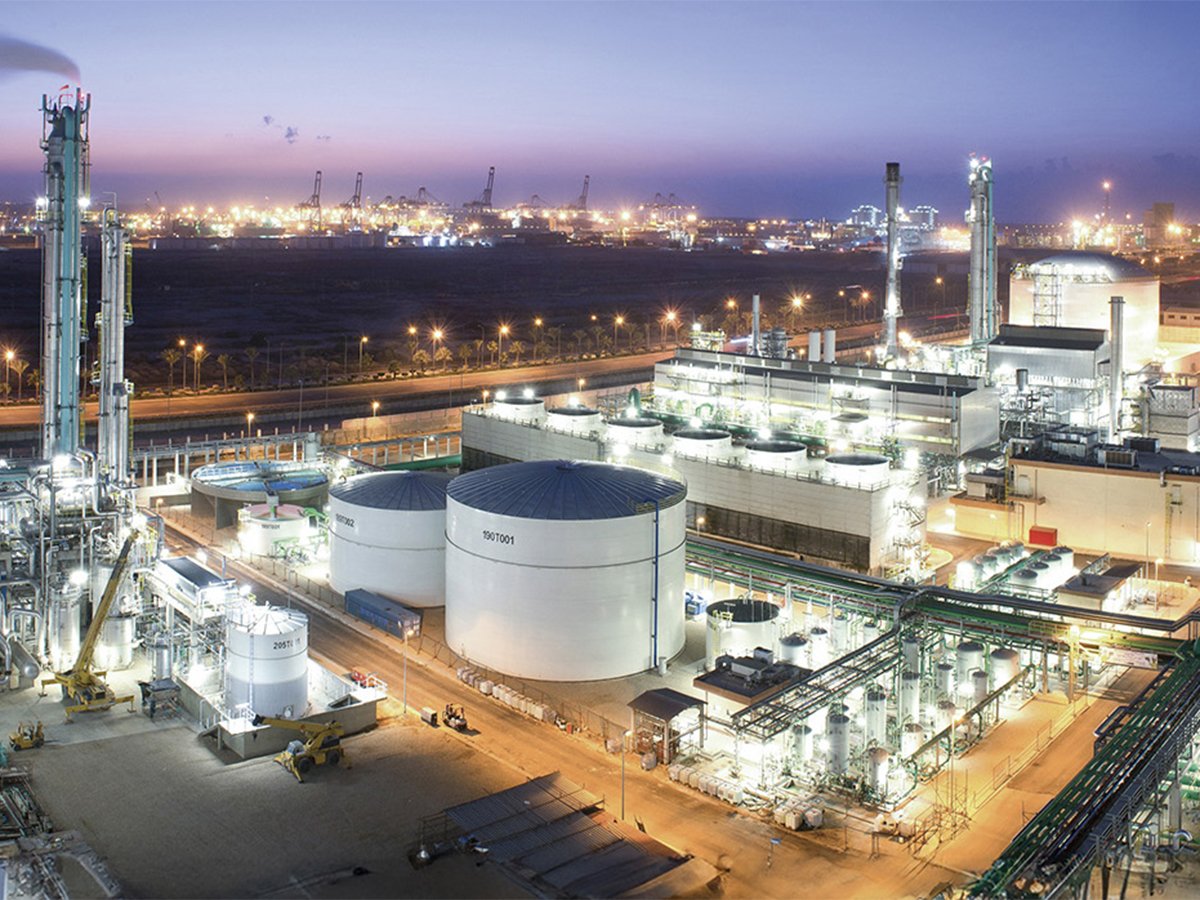CHURCHILL, Man. – Chief officer Gokhan Alicanoglu stood on the bridge of the Cenk Kaptanoglu and pointed out on a navigator’s map where he had seen icebergs floating near the entrance to Hudson Bay.
“We saw four,” said Alicanoglu, clad in a toque and water repellent jacket as his crew and the port’s grain terminal workers worked long hours to fill the Turkish-flagged ship for its upcoming journey: carrying prairie wheat to Mexico.
As light snow drifted down during the day, the Cenk Kaptanoglu’s bunkers slowly filled with grain produced by farmers in the port’s “catchment basin,” the area of eastern Saskatchewan and northwestern Manitoba that is closest to the port.
Read Also

Genesis Fertilizers seeks government funding
Genesis Fertilizers is actively seeking funding from government and a strategic partner. The company dispelled a rumour that DL E&C has abandoned the project.
Concern evident
The Turkish sailors, wandering about on deck looking anxious to get out of this subarctic port, seemed to take in stride the chill, damp wind blowing off the Churchill River. The river is still free of ice, although the ponds surrounding the town have begun freezing over.
A few kilometres away, also wandering around listlessly, are dozens of polar bears, a handful of which are hanging out on a point of land just a few kilometres from the town’s boundary.
Like the Turks, the bears’ main concern is the progress of Hudson Bay’s icing-over. But unlike the Turks, the bears would like it to occur much more quickly. The bears can’t get out to eat their favorite snack of seal pups until it gets much colder, and this year has been uncomfortably warm by their standards.
It’s a tense time of year for ship operators, port officials and residents of the remote northern port of Churchill. The port likes to clear out its last grain by the end of October, when the ice begins strangling shipping lanes into and out of Hudson Bay.
But the port has a small season, being able to receive ships only from mid-summer to early November. As a result, it can’t afford to shut down shipping too soon or not enough grain will get out.
Port officials, ship operators and Canadian Wheat Board marketers planned to have the port cleared out by late October, but then a four-day wind storm with gusts up to 140 km-h buffeted the area and stopped loading for four days.
That threw out the schedule and on this day, Oct. 24, three other grain ships were waiting in the bay for the Cenk to finish loading. The giant Big Sky, a panamax, had just finished loading the night before and was heading north.
End of the line
Another ship, an “ice class” vessel capable of handling light ice, was scheduled to reach the harbour on Oct. 31 or Nov. 1, a replacement for a non-ice class vessel that had to be cancelled because of the delay. It will be the last vessel to reach and haul grain out of Churchill this year.
Because of the storm, port workers were labouring around the clock to load ships. Some workers had been sent home during the storm because there was no work to do.
Sometimes the weather of early November can be lovely – an Indian summer is common – but no one, not ship operators, port authorities or CWB marketers, are willing to take the chance of leaving it too late and having an ocean-going vessel get iced in.
So until the last ship is loaded and gone port workers and sailors will be working long hours at this frosty grain outlet.
While the bears are longing for the ice to race across the open water to reach them, the crew of the Cenk Kaptanoglu and the crewmen in the ships behind them are no doubt hoping for warm, clear sailing all the way to the Atlantic.















